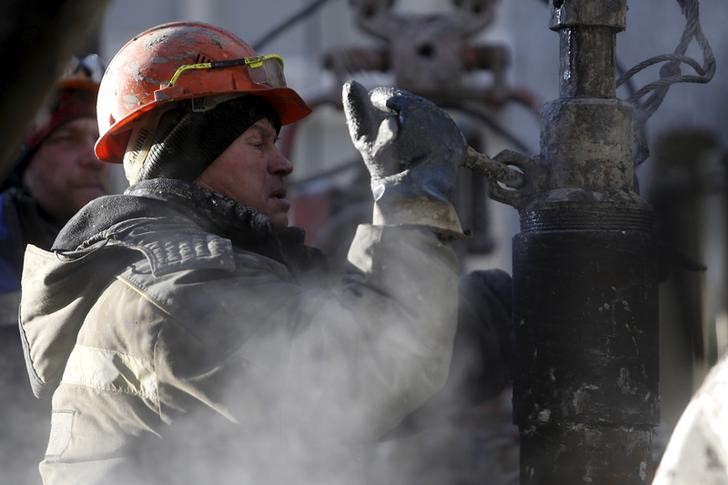Beamr video compression achieves up to 50% improvement for AVs
(Bloomberg) -- Oil plunged to its lowest in two weeks on growing fears that a sustained recovery in demand is still some way off.
U.S. benchmark crude futures fell 3.2%. Brent dropped below its 100-day moving average, while futures in New York fell below the technical level but settled above it. New York City’s daily rate of positive Covid-19 tests is more than 3% for the first time in months, and more serious action will be needed to stop the spread, Mayor Bill de Blasio said. That’s as global confirmed deaths from the coronavirus top 1 million.
“If they were to put new restrictions on areas of New York, that would surprise the market a little bit and knock it down,” said Michael Hiley, head of over-the-counter energy trading at New York-based LPS Futures.
Oil pared some losses after the industry-funded American Petroleum Institute reported a decline in domestic crude stockpiles, according to people familiar, ahead of U.S. government figures on Wednesday.
Meanwhile, the chorus of downbeat oil demand predictions continued to grow. Three of the world’s biggest independent oil traders said consumption won’t meaningfully recover for at least another 18 months. That comes as Total SE said demand growth will end around 2030 and Pierre Andurand, chief investment officer and founder of Andurand Capital Management LLP, called for demand to peak in 2026.
Adding to concerns over the state of the demand recovery, the market is contending with an increase in supply from OPEC+ members. Russia likely exceeded its OPEC+ quota, compounding the worry that the group may be adding more supply than the market can handle.
Meanwhile, the API report also showed a draw in distillate inventories, but a rise in Cushing and gasoline stockpiles. If confirmed by the EIA numbers on Wednesday, it would be the second straight week distillate supplies declined.
“In order for the market to maintain some sort of equilibrium in price, diminished distillate inventories is a good thing,” said Tom Finlon of GF International. “If they continue to build now, it’d just be overwhelming.”
Refiners are being forced into a balancing act due to the uneven rebound in fuel consumption. In India, processors are importing gasoline to cover demand as plants run below capacity, while in the U.S., refiners have idled some units to deal with excess diesel supply.
The refining margin for combined gasoline and diesel resumed its trek lower on Tuesday after recovering in recent sessions. The so-called crack remains below $10 a barrel at its lowest seasonal level since 2010.
“It’s a very difficult situation for refiners,” said Stewart Glickman, energy equity analyst at CFRA Research. “The crack spreads aren’t great, utilization is low” and they’re “operating under more uncertainty than usual with how long it’s going to take before pre-pandemic levels get back.”
©2020 Bloomberg L.P.
